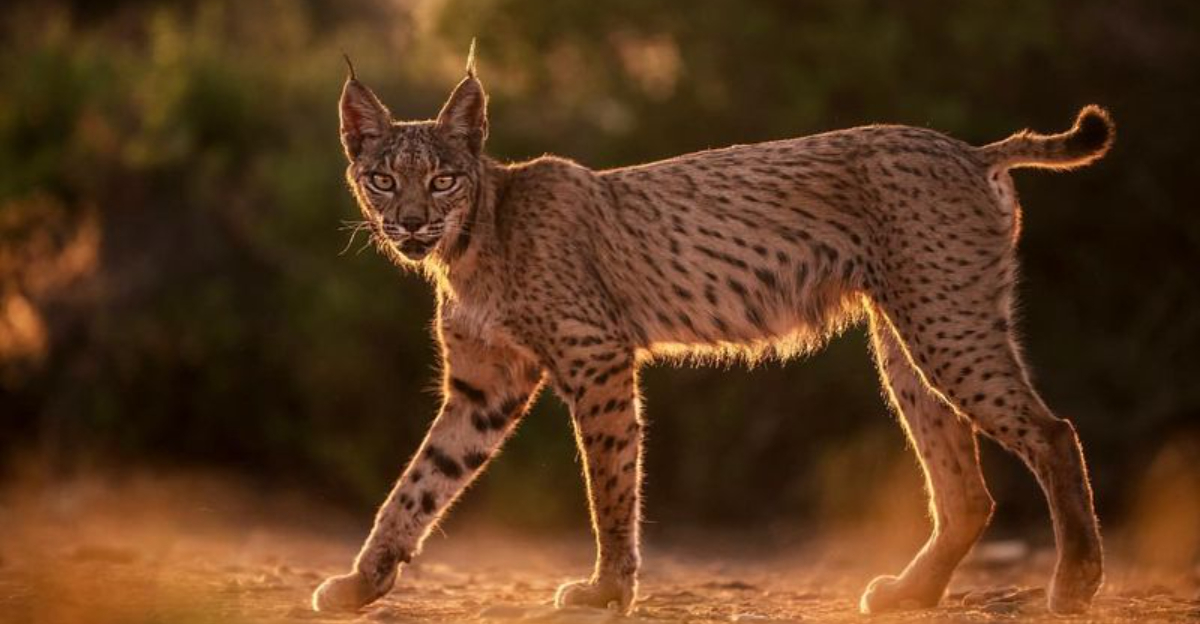In an awe-inspiring testament to resilience, some animal species have managed to claw back from the brink of extinction against all odds.
These astonishing stories of survival, against the backdrop of environmental challenges and human interference, are nothing short of miraculous.
Let’s take a look at eleven unique creatures whose incredible survival stories offer hope and inspiration for conservation efforts worldwide.
1. California Condor
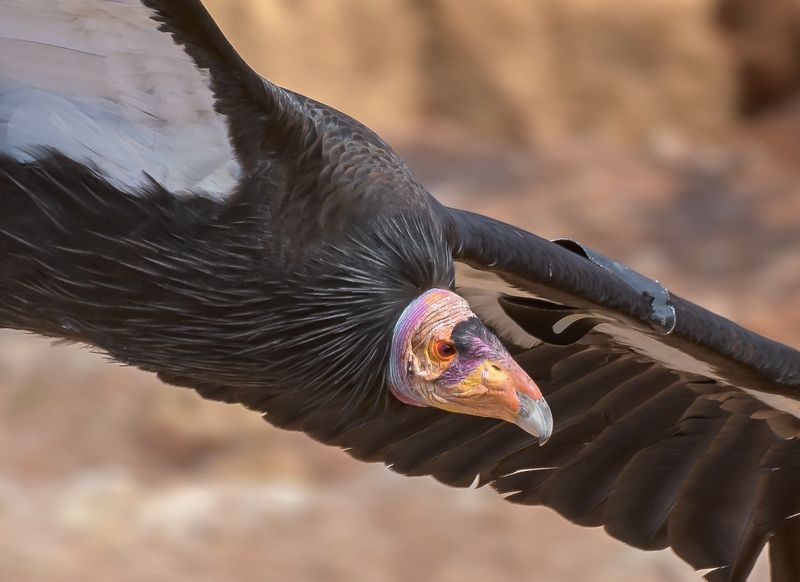
The story of the California Condor is one of determination and scientific intervention. Once reduced to a mere 27 individuals in the 1980s, this magnificent bird has made an extraordinary comeback through captive breeding programs.
Today, the sight of these birds soaring over the Grand Canyon is a testament to what can be achieved with concerted conservation efforts.
The California Condor’s recovery was not just about numbers; it was a cultural symbol for Indigenous peoples and a crucial part of the ecosystem. However, the journey was fraught with challenges, including lead poisoning and habitat destruction.
Thanks to relentless conservationists and dedicated environmental laws, the condor population now stands at over 500. This tale illustrates the profound impact humans can have in preventing extinction and restoring natural balance.
2. Arabian Oryx
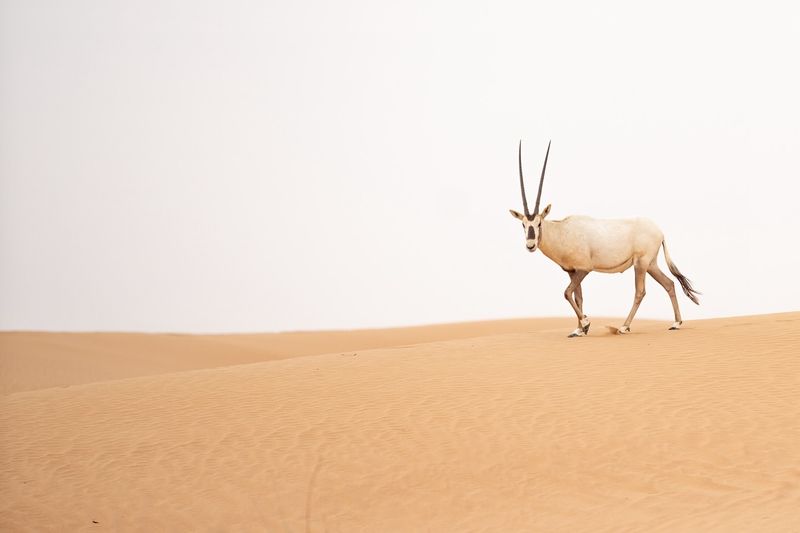
Emerging from the shadows of extinction, the Arabian Oryx’s survival story is truly inspiring. Declared extinct in the wild by the early 1970s, this graceful antelope owes its comeback to a successful reintroduction program.
Conservationists meticulously planned and executed the breeding of captive individuals, eventually releasing them into protected areas. The Arabian Oryx now roams free across its native Arabian Peninsula, a living testament to strategic conservation.
The Arabian Oryx’s tale is not just about numbers but also about restoring cultural heritage and biodiversity. It exemplifies how international cooperation and local community involvement can bring a species back from oblivion.
3. Giant Panda
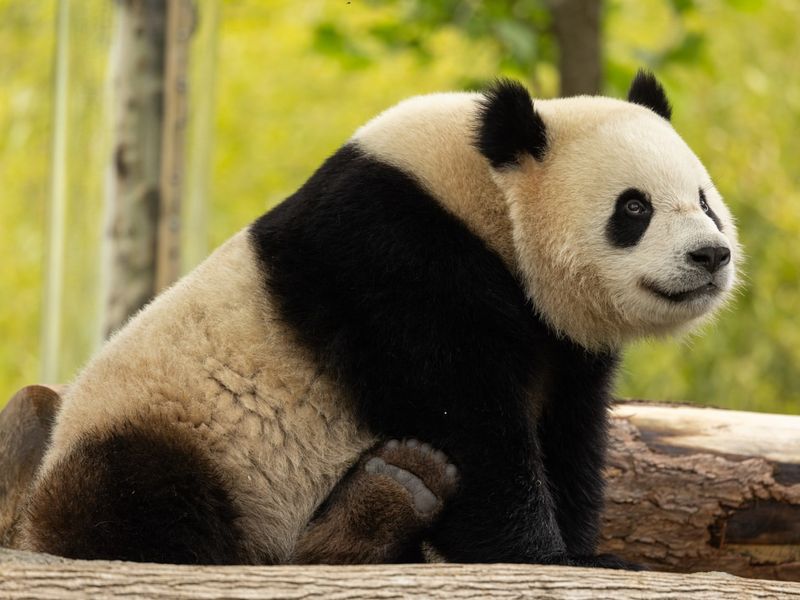
Who would have thought that the iconic black-and-white bear once faced dire straits? The Giant Panda’s journey from endangerment to a vulnerable status is a conservation success story worth telling.
Efforts by the Chinese government and global partnerships have led to significant increases in their population. These bamboo-loving bears now thrive in over 67 reserves across China, benefiting from dedicated sanctuaries and breeding programs.
Although challenges remain, the Giant Panda symbolizes hope for other species on the brink. Sustained efforts ensure their habitats are preserved, allowing these gentle creatures to captivate future generations.
4. Gray Wolf
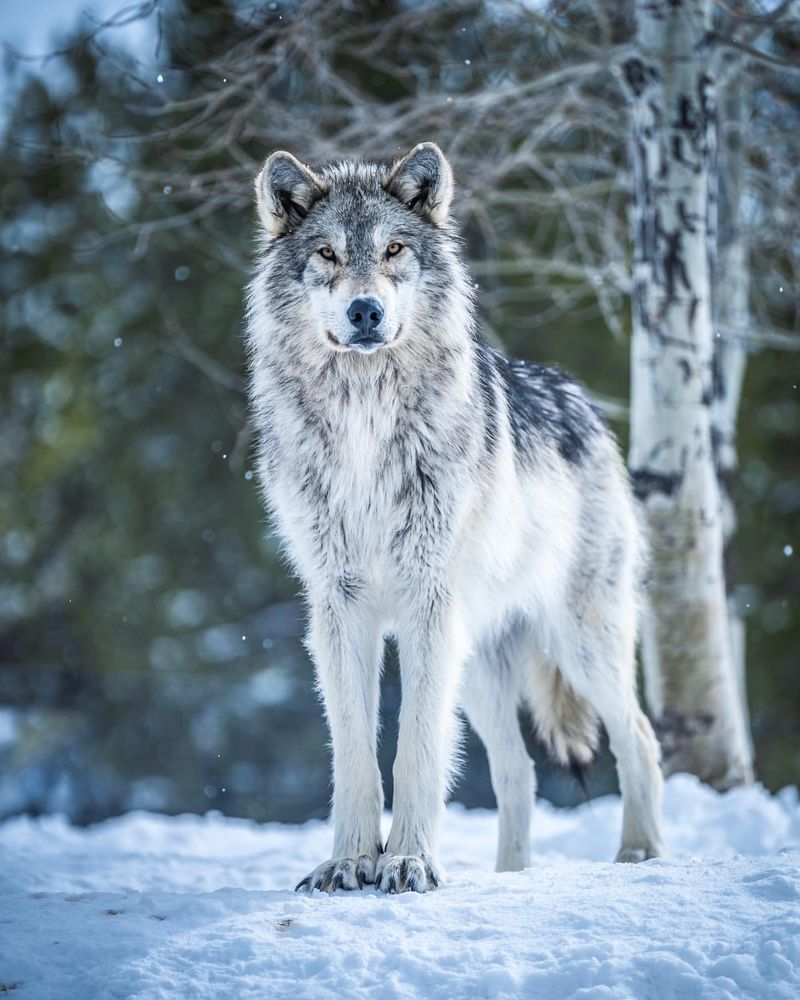
Once hunted to near extinction, the Gray Wolf’s remarkable comeback is a tale of perseverance and protection. Thanks to reintroduction efforts in places like Yellowstone National Park, their numbers are steadily increasing.
The return of the Gray Wolf has had a profound impact on ecosystems, helping to balance prey populations and revitalize habitats. Their presence has transformed landscapes and shown how apex predators are crucial to biodiversity.
This resurgence wasn’t easy, facing opposition and challenges. Yet, through education and legal protection, the Gray Wolf’s howl once again echoes through North America’s wild terrains.
5. Humpback Whale
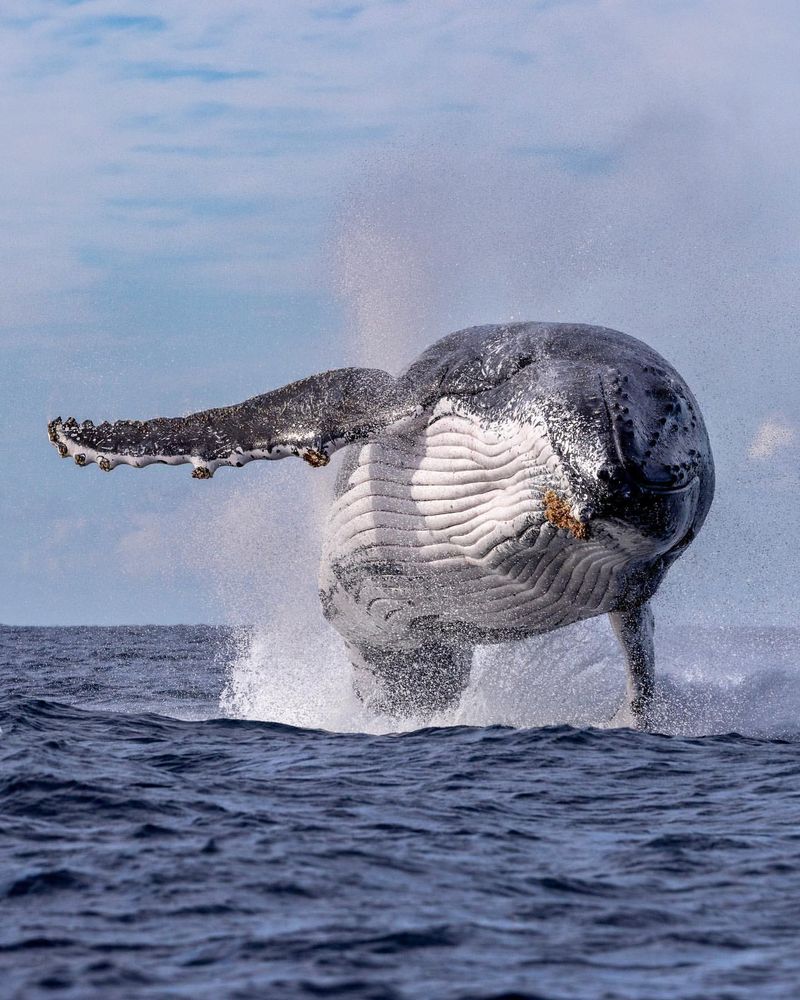
Once teetering on the edge of extinction due to over-whaling, the Humpback Whale’s revival is a beacon of hope for marine conservation.
Through international protection and dedicated conservation efforts, their numbers have rebounded magnificently. These ocean giants can now be seen breaching and singing in oceans worldwide, a marvel of the natural world.
Their recovery has also sparked a rise in eco-tourism, highlighting the importance of protecting marine life. The Humpback Whale’s story underscores the global cooperation necessary to save species, proving that even the largest creatures can be rescued from oblivion.
6. Amur Leopard
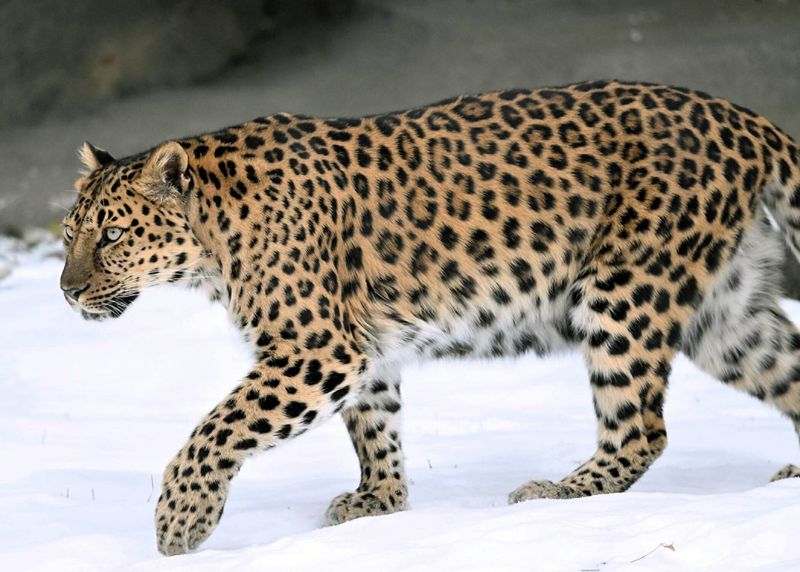
Imagine a world without the exquisite Amur Leopard, one of the most endangered big cats. Miraculously, this elusive creature has clawed back from the brink, thanks to persistent conservation efforts.
With fewer than 100 individuals left in the wild, focused protection measures have been pivotal. Anti-poaching initiatives and habitat restoration have given this species a fighting chance.
The Amur Leopard’s survival reminds us of the urgent need to act. It highlights how targeted efforts can prevent extinction and preserve the delicate balance of our planet’s ecosystems.
7. Black-Footed Ferret
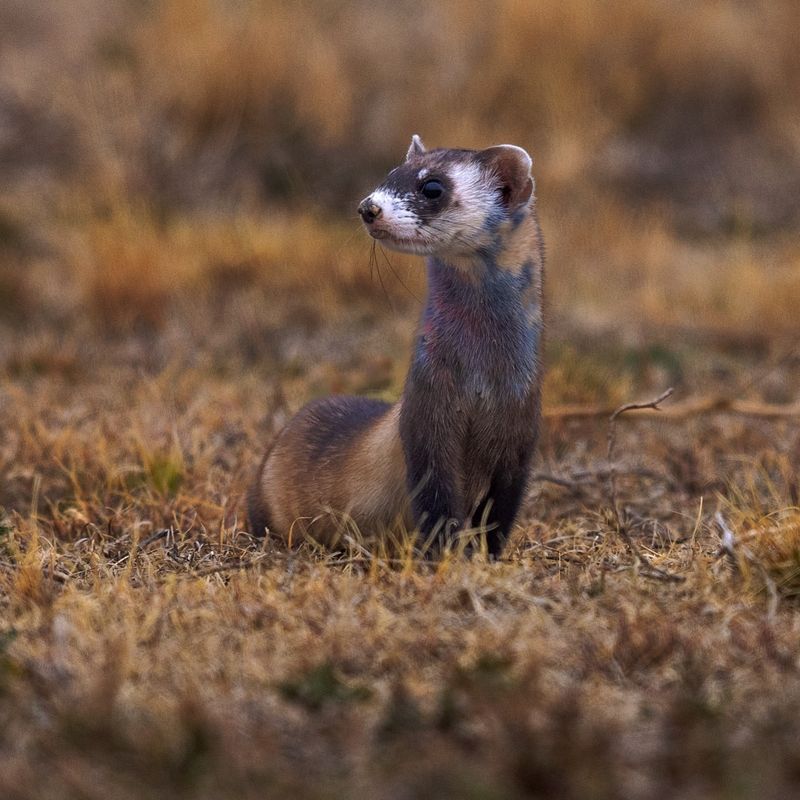
Against all odds, the Black-footed Ferret has bounced back from extinction in the wild. Rediscovered in the 1980s, after being presumed extinct, a small population was bred in captivity to ensure survival.
Reintroduction into prairie ecosystems has been a success, with these ferrets playing a vital role in controlling rodent populations. Their return symbolizes the importance of biodiversity and ecosystem health.
The Black-footed Ferret’s story is a testament to nature’s resilience and human dedication to preserving endangered species. It shows how innovative approaches can restore animals to their rightful habitats.
8. Northern Bald Ibis
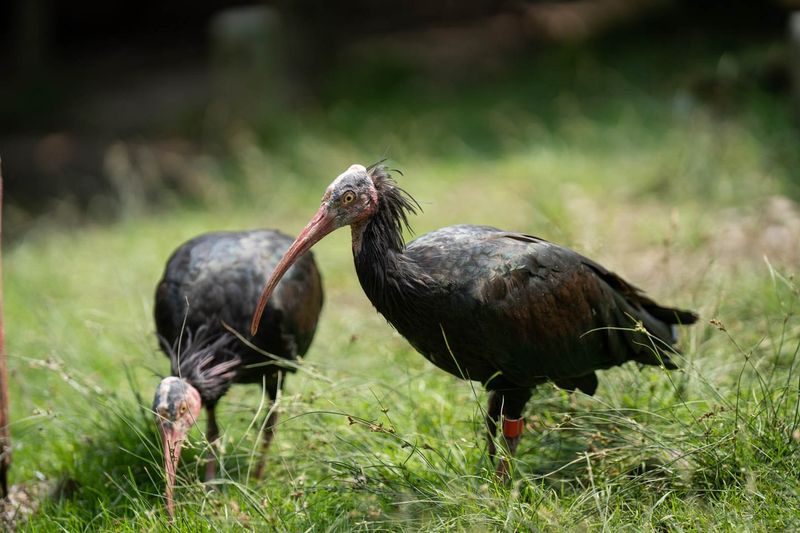
The Northern Bald Ibis, with its striking appearance and long curved beak, faced grim prospects not long ago. Now, thanks to extensive conservation efforts, this bird has made a comeback in parts of Europe and North Africa.
Breeding programs and habitat protection in countries like Morocco and Turkey have been instrumental in this species’ revival. Their increasing number hints at a brighter future for these unique birds.
The Northern Bald Ibis exemplifies the global effort needed to save threatened species, showcasing how coordinated action can reverse the decline of a unique avian species.
9. Iberian Lynx
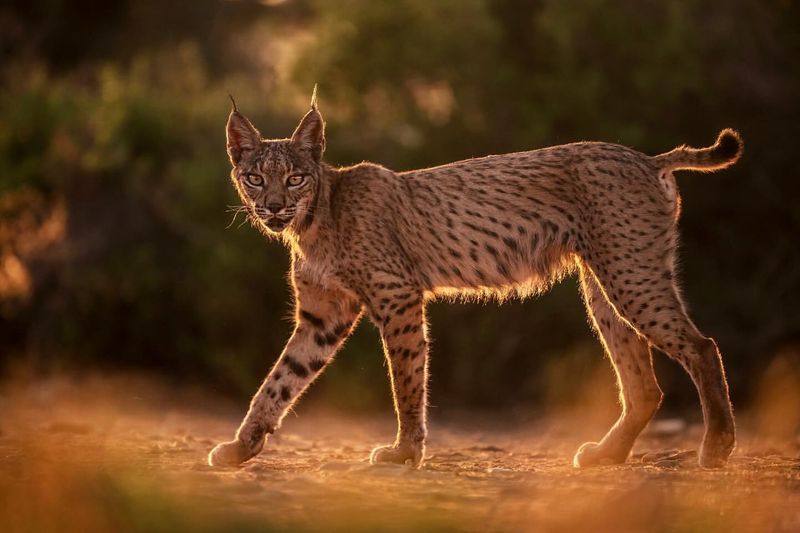
The Iberian Lynx, once on the brink of extinction, has become a symbol of hope for conservationists. Intensive breeding programs and habitat restoration have helped increase their numbers gradually.
Native to the Iberian Peninsula, these elusive cats are crucial for maintaining healthy rabbit populations, their primary prey. The conservation strategies employed have been successful in stabilizing ecosystems and supporting biodiversity. T
hrough collaboration and dedication, the Iberian Lynx’s survival story inspires efforts to save other endangered predators, emphasizing the importance of preserving natural habitats.
10. Sumatran Rhino
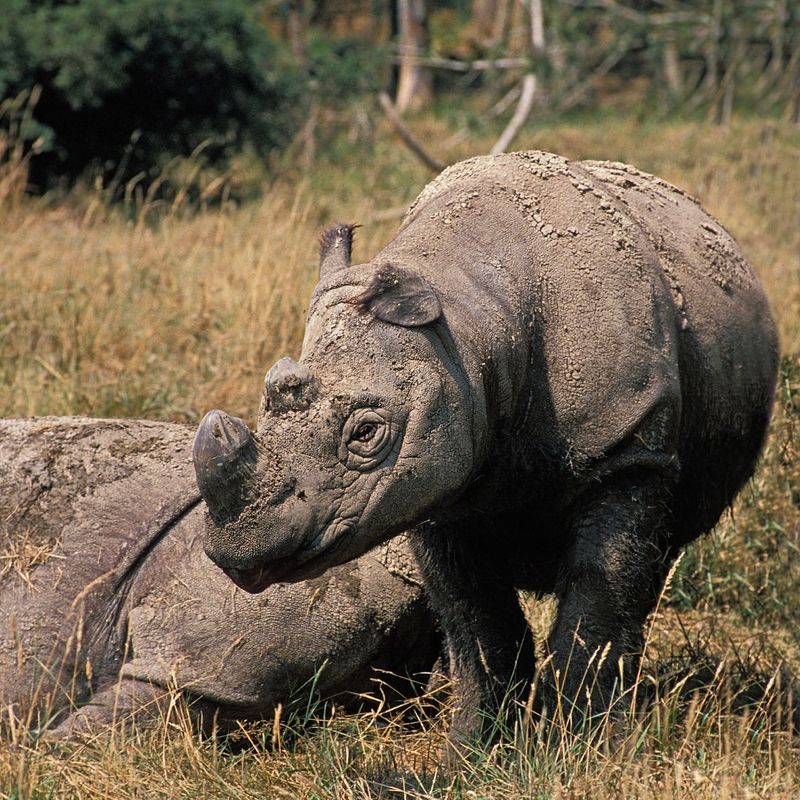
Hailing from the dense forests of Sumatra, the Sumatran Rhino’s struggle against extinction has been arduous. With fewer than 80 individuals left, conservationists have used innovative breeding techniques to boost their numbers.
Efforts focus on protecting their natural habitats and ensuring genetic diversity through careful management. The Sumatran Rhino’s survival is a race against time, but ongoing efforts show promise.
This rhino’s journey highlights the critical need for international support and awareness in preserving the world’s rarest animals. The Sumatran Rhino symbolizes the urgent call for conservation action.
11. Kakapo Parrot
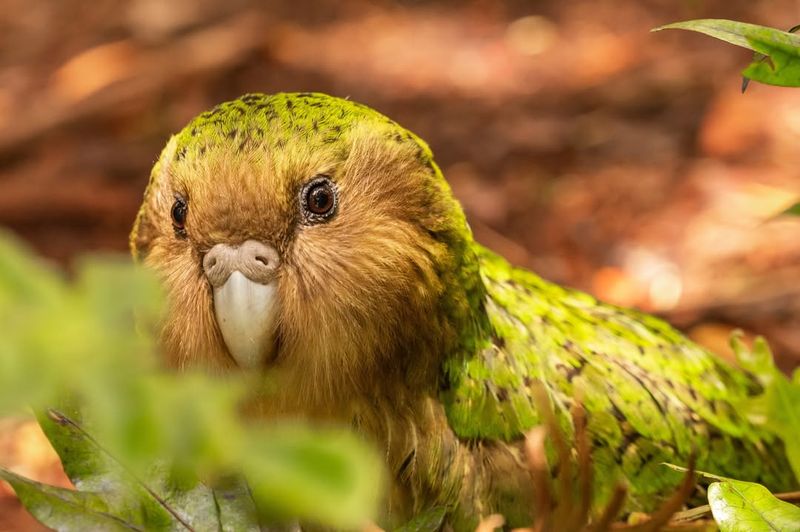
The Kakapo Parrot’s journey from near extinction is nothing short of remarkable. This flightless, nocturnal bird from New Zealand faced the brink due to introduced predators and habitat loss.
Intensive conservation efforts, including predator-free islands and breeding programs, have helped stabilize their population. The Kakapo now stands as a beacon of hope for flightless birds everywhere.
The story of the Kakapo Parrot emphasizes the importance of innovative conservation strategies and the dedication required to save species from the edge. It serves as a reminder of the fragile beauty of our planet’s biodiversity.

